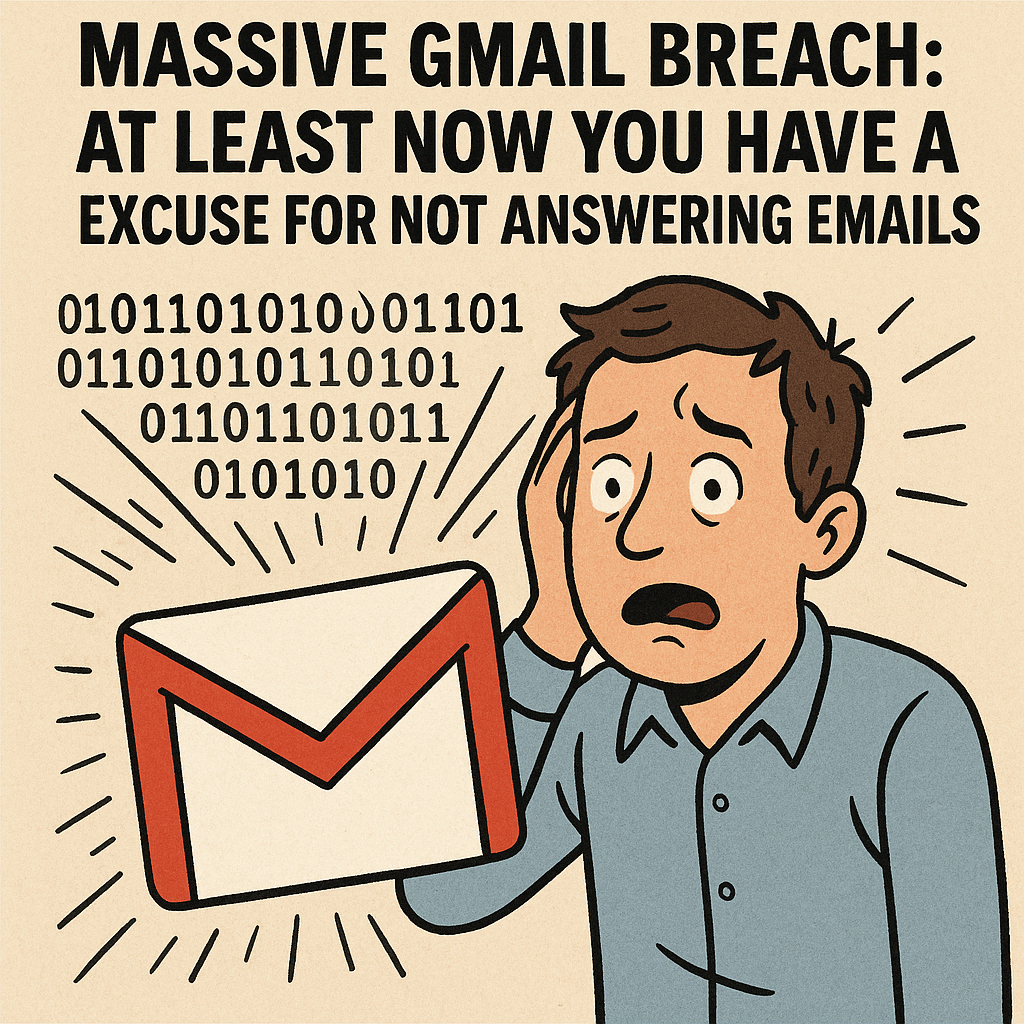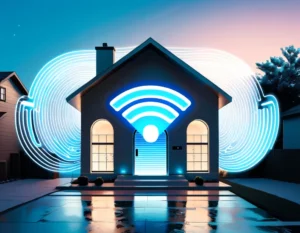Feeling uneasy about your Gmail account lately? You should be. On August 5, 2025, Google confirmed a massive breach that put a staggering 2.5 billion Gmail and Google Cloud users at risk. Your probably thinking what I was thinking when I wrote this article – “Why in the sam he!! am I just now hearing about this?!” I looked at 24 different sources for this information, and while google did in fact release this information on the 4th using it’s own threat intelligence blog, It wasn’t until a week or two later that larger media outlets began reporting it, including Forbes, Fox News, PCWorld, and Yahoo!. Not surprisingly, Reddit had the news circulating less than 24 hours after it was made public. Which is why my wife and I tend to get news from Reddit instead of these oligarch news outlets. (Clearly we missed this one too) While passwords weren’t compromised (allegedly), the breach exposed business-related contact data—opening the floodgates for phishing, scam calls, and impersonation attacks . Ready to safeguard your inbox? Let’s break down what happened, why it matters to everyone (yes, even casual users), and the simple—but critical—steps to take right now.
What Happened: The Gmail Breach Explained
- The breach itself Google confirmed that in June 2025, attackers linked to the hacker group ShinyHunters infiltrated a Google database managed via Salesforce. They accessed basic business data—company names and contact details—but not passwords or financial data .
- The ripple effects While passwords weren’t leaked, the exposed data has enabled a spike in phishing, vishing (voice phishing), and impersonation scams. Attackers have been calling and messaging users with spoofed numbers—particularly those in the 650 area code, which is associated with Silicon Valley—to mimic Google and trick users into handing over codes or initiating password resets .
- Google’s alert timeline Google began notifying users about the incident starting August 8, following their internal acknowledgment in early August .
Why This Matters to You
- Vulnerabilities aren’t just for big corporations Even without passwords being stolen, the sheer volume of exposed contact data provides attackers with raw material for well-crafted scams—making everyone a potential target .
- Impersonation is getting more sophisticated Scammers are sending texts, emails, and making calls that appear to be from “Google Support,” urging immediate action. These often arrive with a sense of urgency to catch you off guard—but they’re traps .
- Timing is critical With users now aware of the breach, attackers are doubling down. If you’re not proactive right now, you’re putting yourself at increased risk.
What You Should Do—NOW
Quick Security Checklist
- Ignore unsolicited calls/emails claiming to be Google!
- Run Google Security Checkup.
- Enable 2FA or passkeys.
- Join Google’s Advanced Protection (if needed).
- Use strong, unique passwords and change them regularly!
- Be cautious of phishing attempts—don’t click or engage!
In Summary
The Gmail breach affecting 2.5 billion users isn’t just a headline—it’s a wake-up call. While the leak didn’t include passwords (allegedly), the exposed contact data turbocharged phishing and impersonation scams. The good news? You’re not powerless.
By staying alert and acting right now ie. running a security check, enabling stronger protection, and refusing to engage with suspicious contact—you can keep your account safe.



